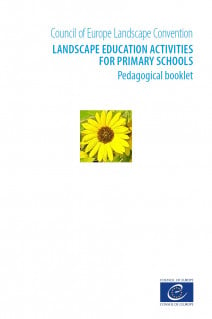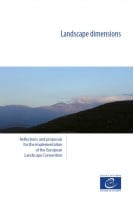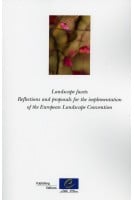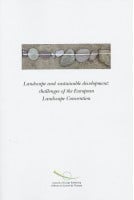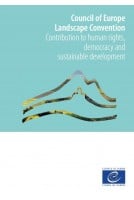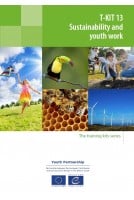How can pupils' curiosity and interest in the landscape be aroused?
The Council of Europe Landscape Convention provides that its parties undertake to promote school courses addressing, in the relevant subject areas, the values attached to landscape and the issues raised by its protection, management and planning.
This pedagogical booklet, Landscape education activities for primary schools, aims to arouse the curiosity and interest of pupils in landscape by inviting them to think about what they mean by “landscape” and to consider it with its environmental, social, cultural and economic dimensions, both in space and time.
The activities can lead pupils to imagine what their role might be, as individuals and members of society, in order to become actively involved with landscape. These activities can be carried out within the framework of formal and non-formal education.
Foreword Introduction 1. Landscape perception activities
Activity 1 – Seeing the landscape
Activity 2 – Listening to the landscape
Activity 3 – Touching the landscape
Activity 4 – Smelling the landscape
Activity 5 – Tasting the landscape
Activity 6 – Feeling the landscape
2. Landscape identification activities
Activity 7 – What is that?
Activity 8 – Is it what it seems to be?
Activity 9 – Different but similar
Activity 10 – Even more difficult
Activity 11 – Near or far
3. Landscape analysis activities
Activity 12 – Plant growth
Activity 13 – Signs of animals
Activity 14 – Human footprint
Activity 15 – What is going on here?
Activity 16 – What is formed first?
Activity 17 – The magic of landscape
4. Landscape reflection activities
Activity 18 – Plan the territory!
Activity 19 – What do you think would happen if...?
Activity 20 – You decide
5. Landscape reporting activities
Activity 21 – The landscape path
Activity 22 – Our landscape
Activity 23 – My landscape album
Activity 24 – My landscape is like this
Conclusion
